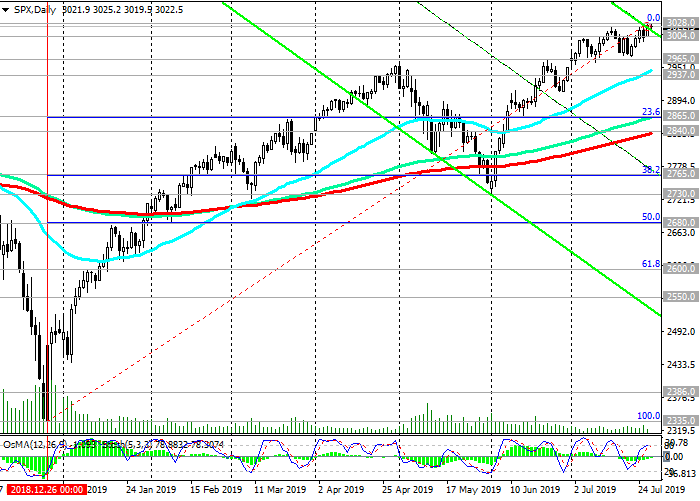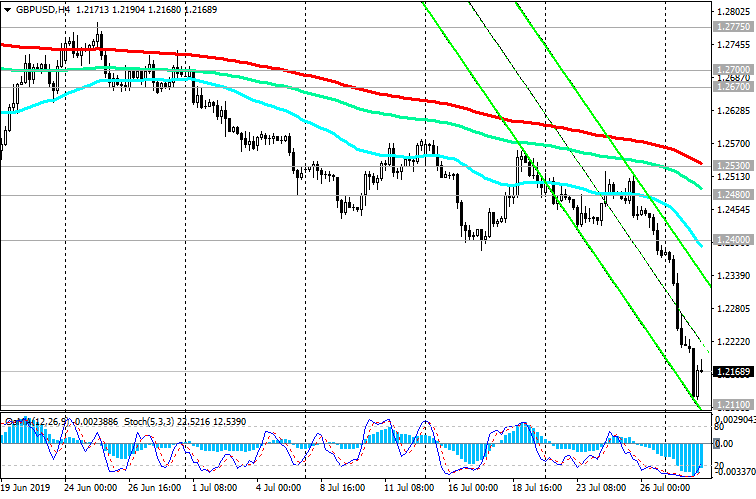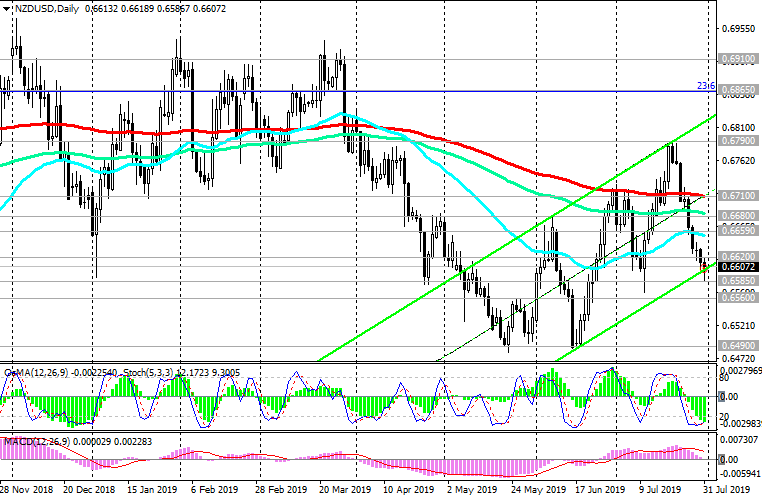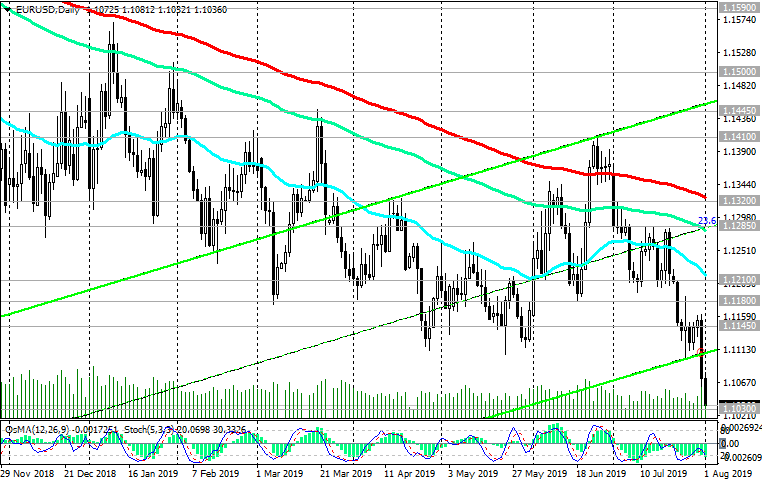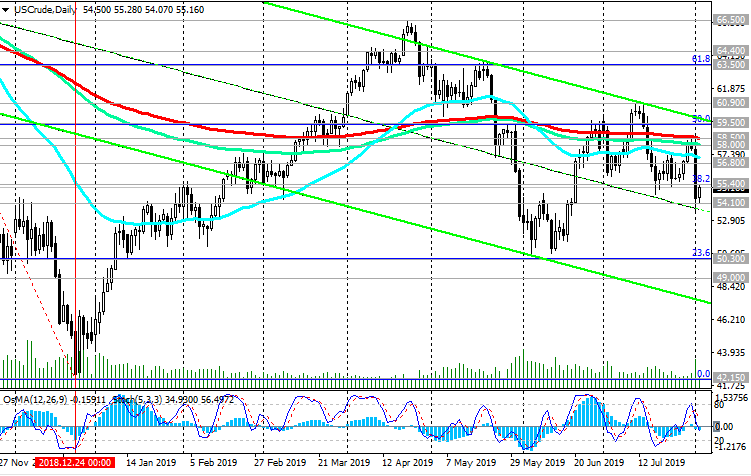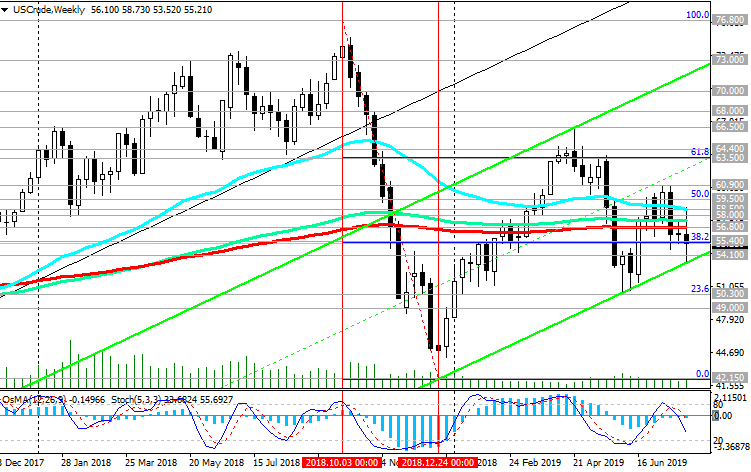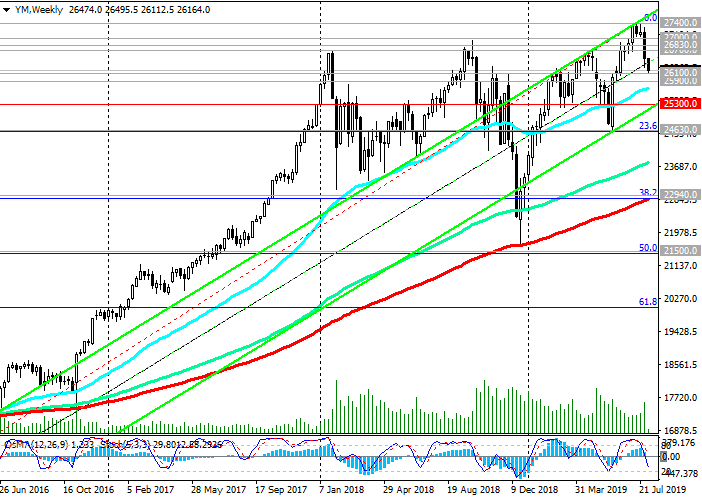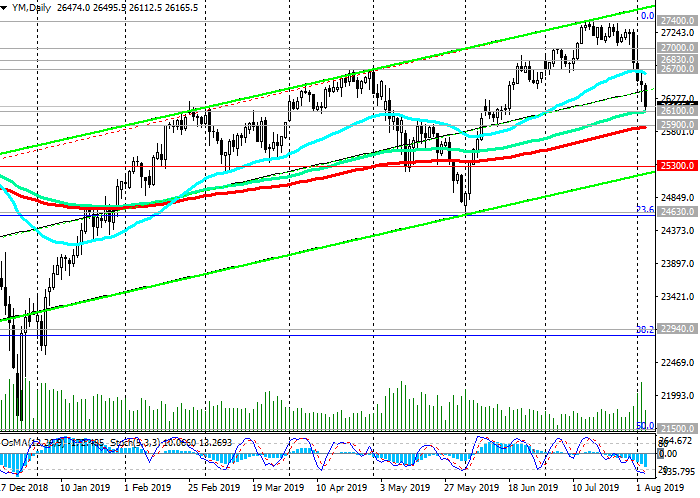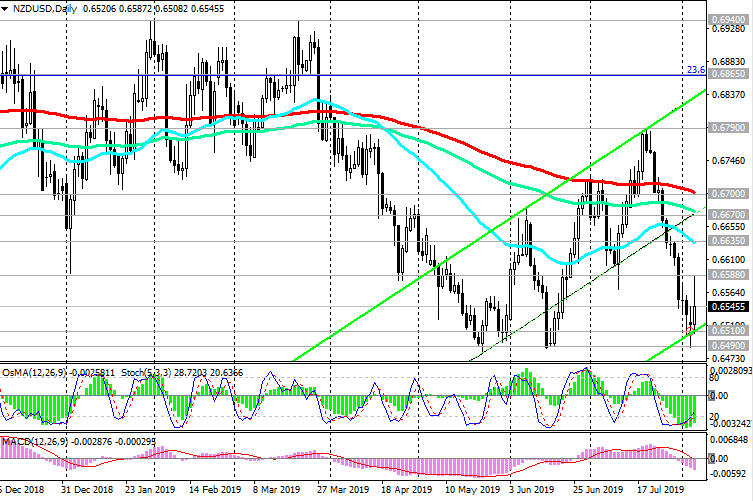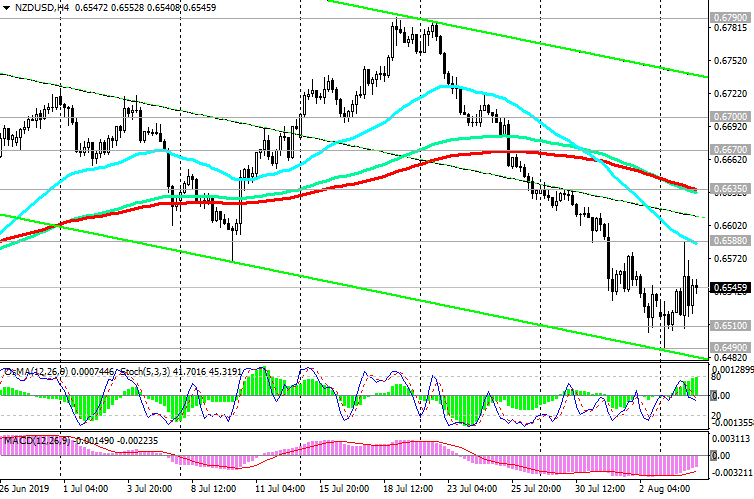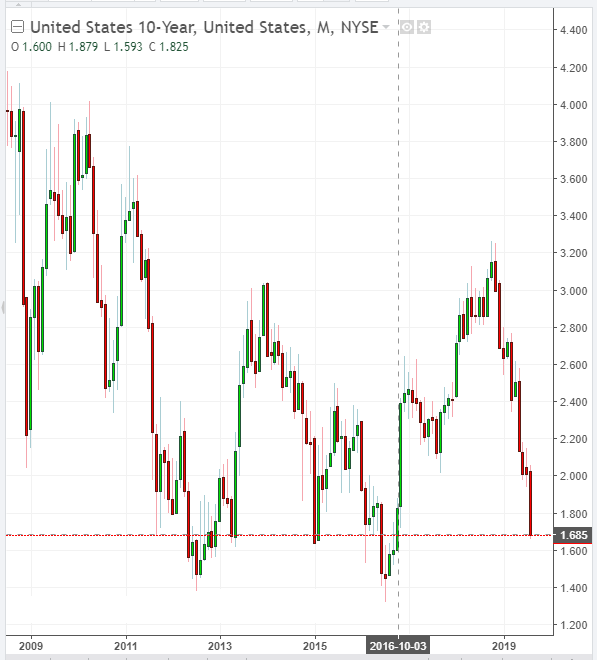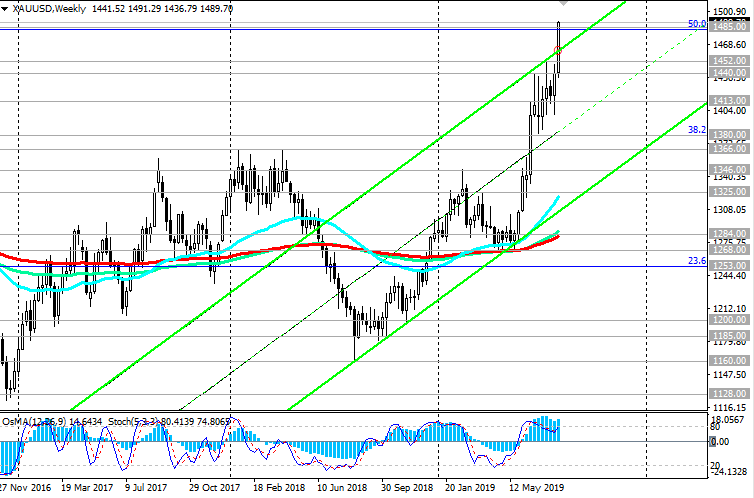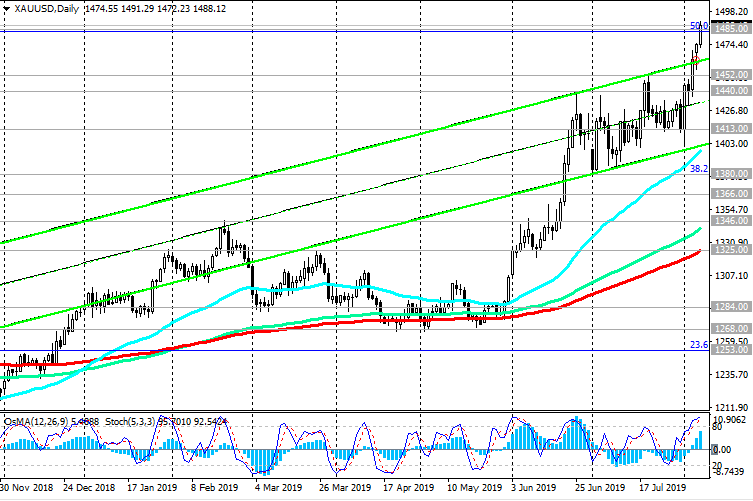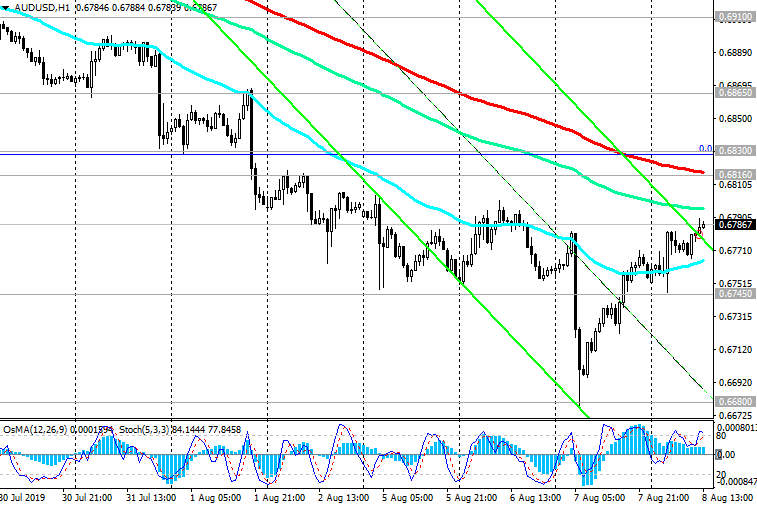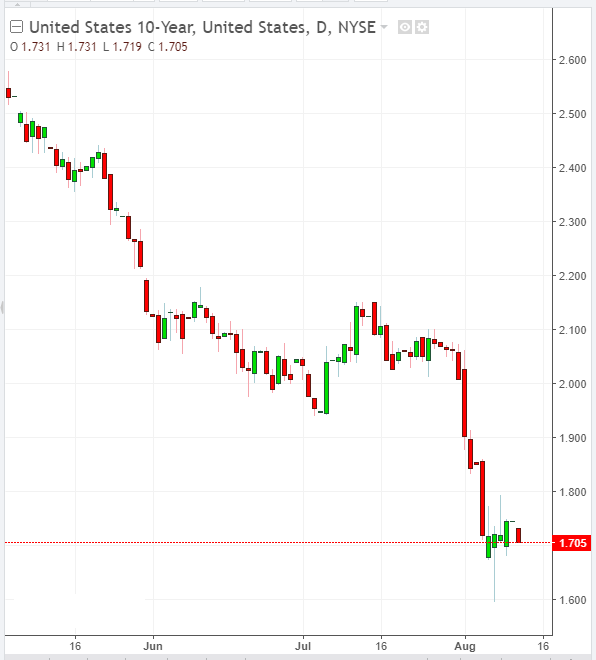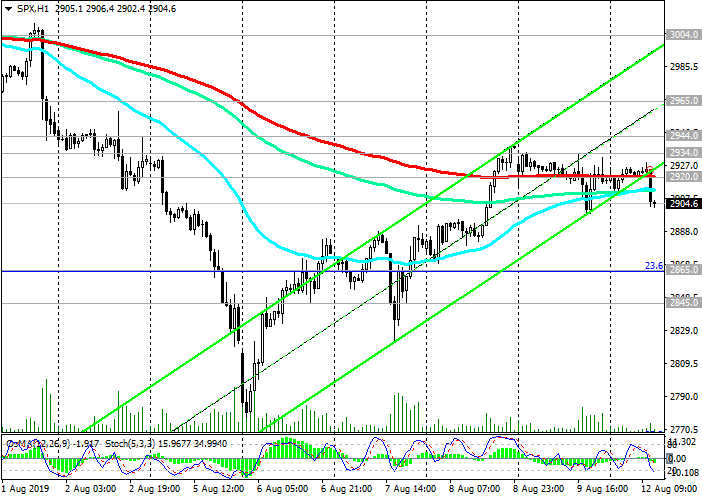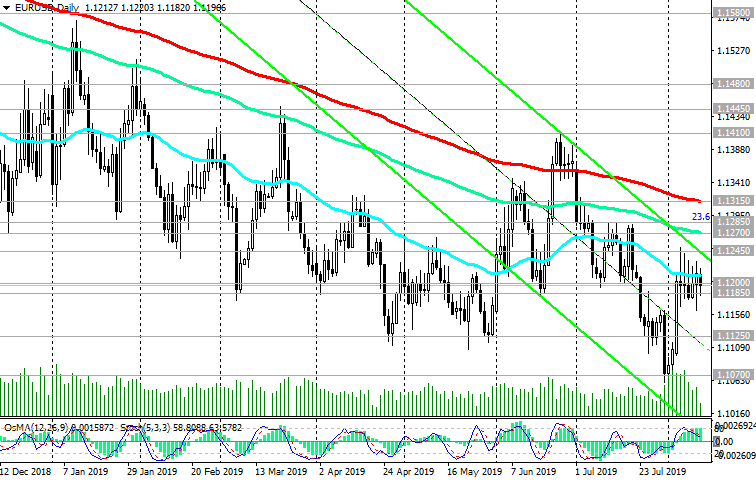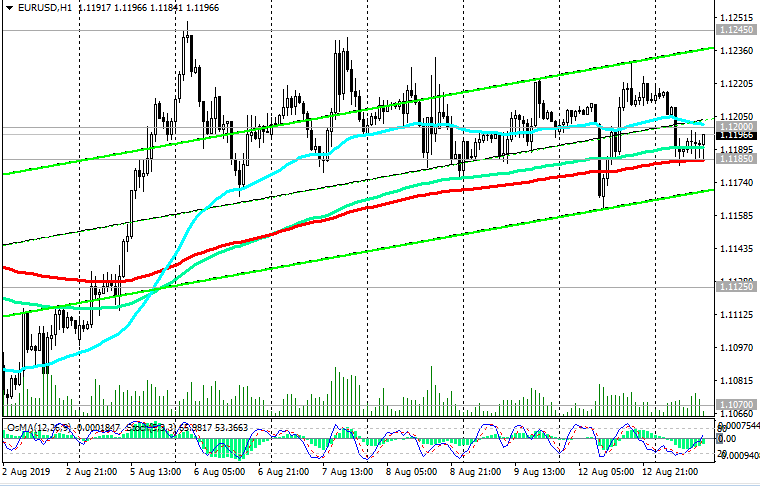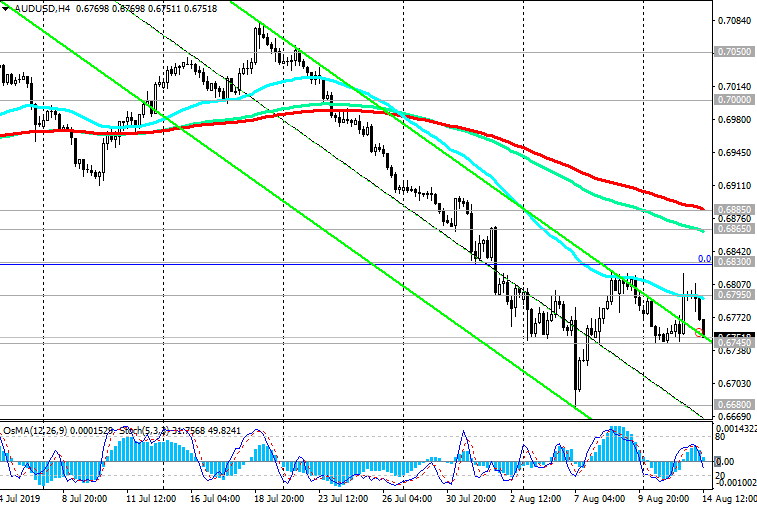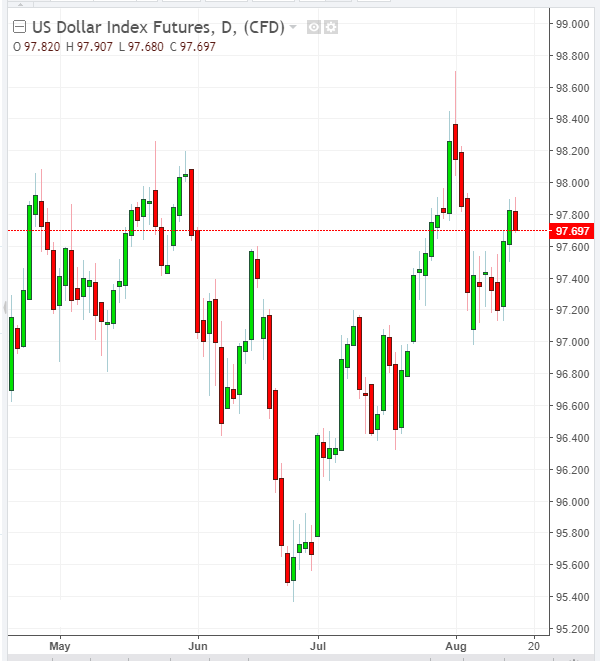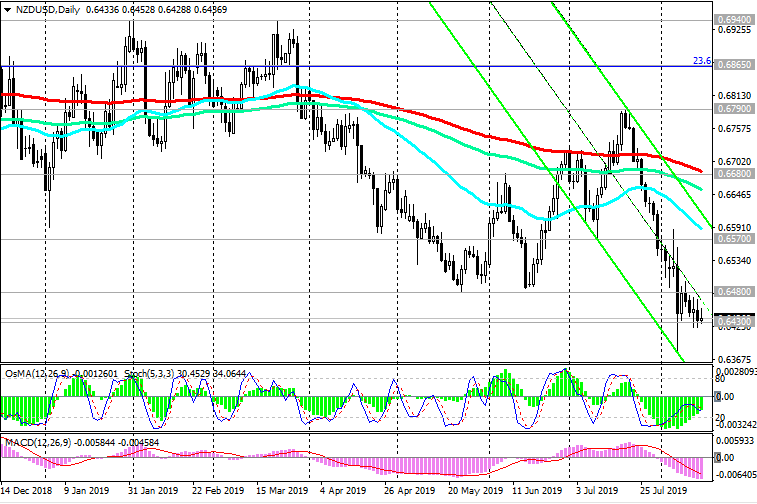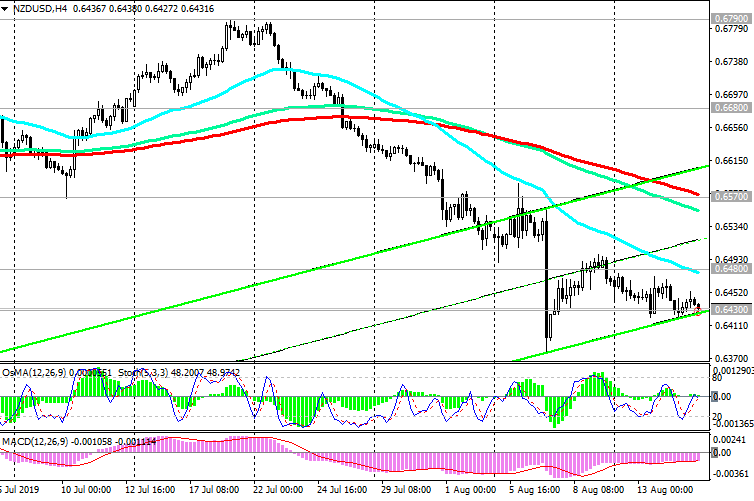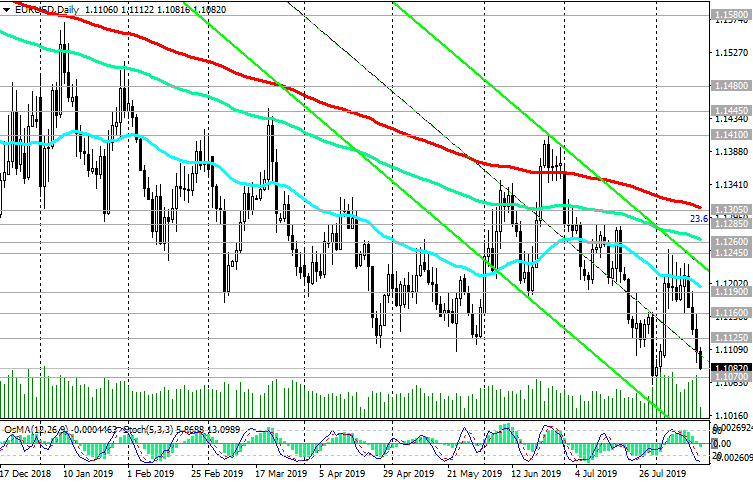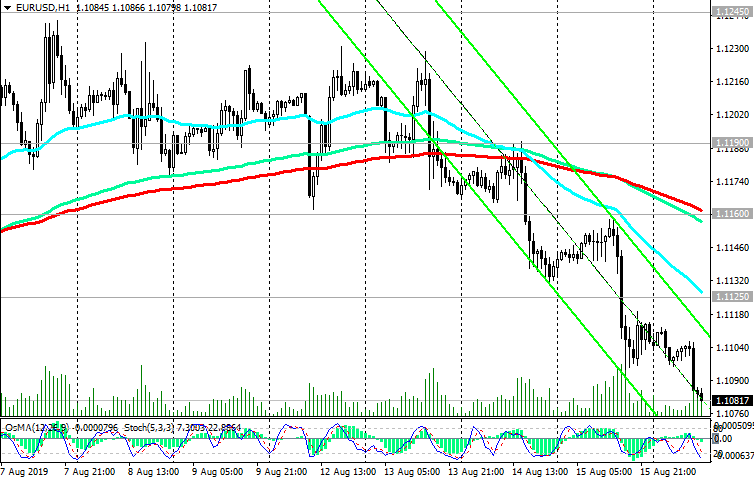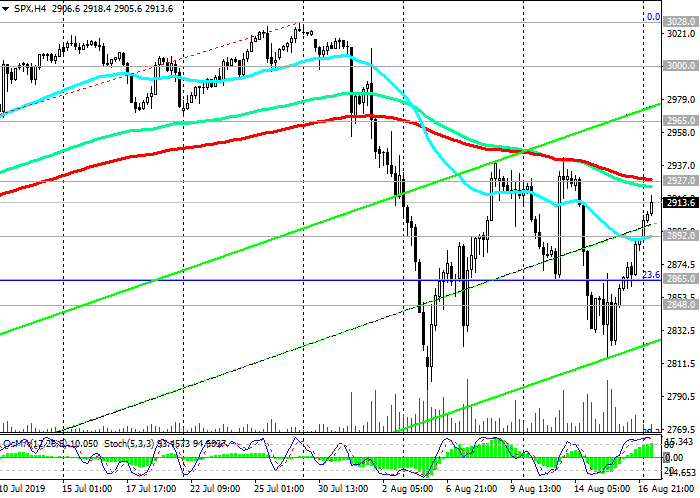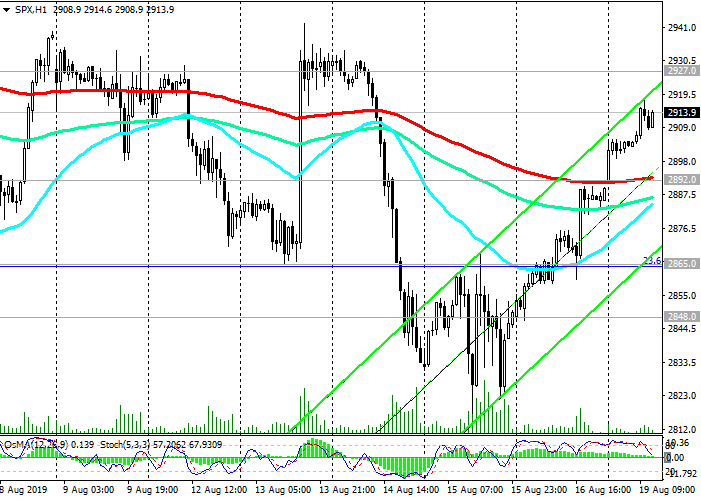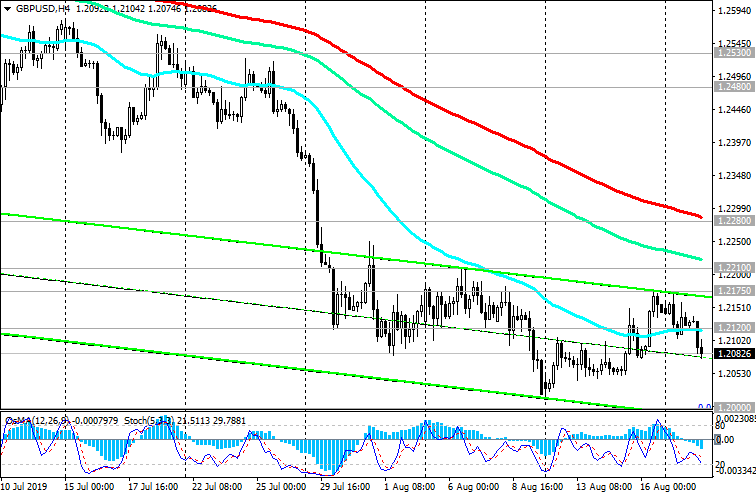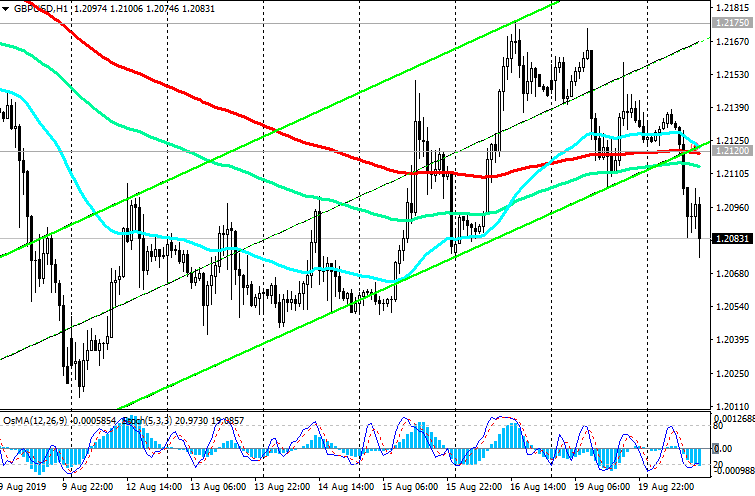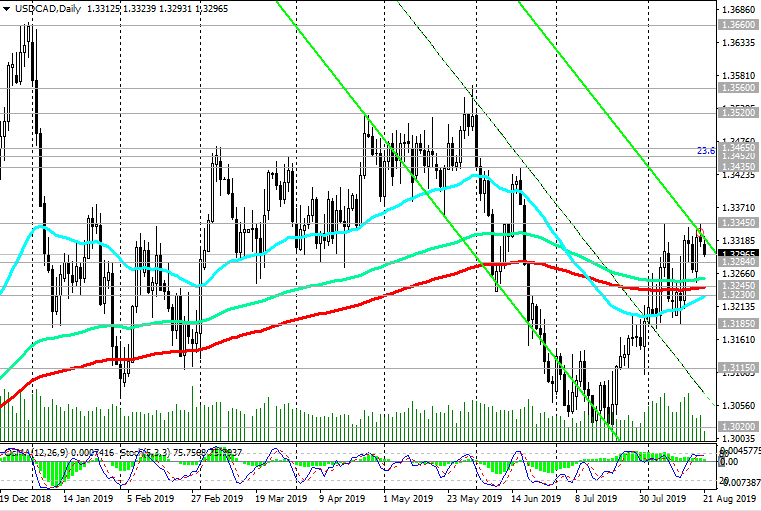XAU/USD: Current dynamics and recommendations
07/25/2019
In anticipation of easing monetary policy by the world's largest central banks, global stock indices are rising. Gold quotes are also rising. In addition to expectations of easing monetary policy, primarily from the Fed, the rise in gold prices is stimulated by the preservation of geopolitical tensions and the risks of a slowdown in the global economy against the backdrop of international trade conflicts.
Today, the ECB meeting is in the center of attention of traders. The ECB rate decision will be published at 11:45 (GMT), and the ECB press conference will begin at 12:30. It is widely expected that the ECB will keep its monetary policy unchanged today. More interest to traders will be the press conference. It is highly likely that the head of the bank, Mario Draghi, announces a reduction in the ECB interest rate in September and, possibly, in November, as well as a restart of the quantitative easing program in the amount of 2.6 trillion euros in December.
During this period of time (11:45 - 12:30 GMT) a sharp increase in volatility is expected in the entire financial market, including in gold quotes.
Last week, the XAU / USD pair reached a new 6-year high near the mark of 1452.00.
The signal for short-term sales will be the breakdown of the support level of 1420.00 (EMA200 on the 1-hour chart) with the target at the support levels of 1394.00 (EMA200 on the 4-hour chart), 1380.00 (Fibonacci level 38.2%). Despite a slight decrease in quotations (to the current mark of 1426.00), the bullish trend of gold remains.
Above support levels 1394.00, 1380.00 long positions are preferable. A signal for purchases will be the breakdown of local resistance levels of 1440.00, 1452.00. The breakdown of the resistance level of 1485.00 (Fibonacci 50% of the correction to the wave of decline since September 2011 and the mark of 1920.00) will confirm the completion of the corrective decline and the resumption of price growth.
Support Levels: 1420.00, 1394.00, 1380.00, 1357.00, 1346.00, 1324.00, 1315.00, 1298.00, 1278.00, 1268.00, 1253.00
Resistance Levels: 1440.00, 1452.00, 1485.00
Trading recommendations
Sell Stop 1413.00. Stop-Loss 1431.00. Take-Profit 1394.00, 1380.00
Buy Stop 1431.00. Stop Loss 1413.00. Take-Profit 1440.00, 1452.00, 1485.00

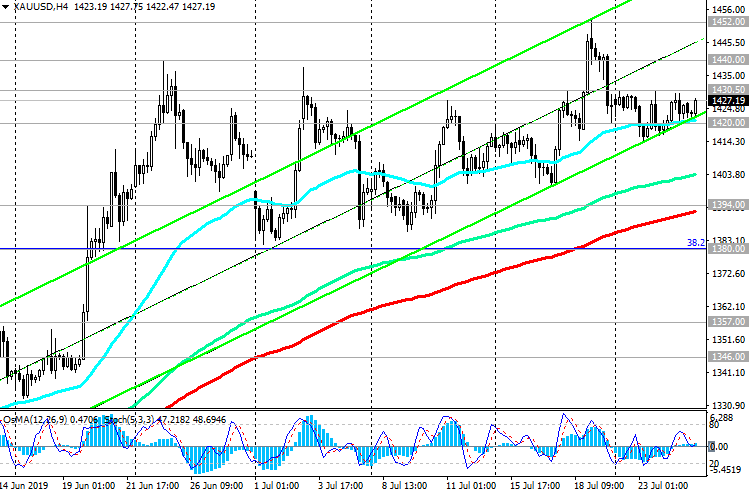
*) For up-to-date and detailed analytics and news on the forex market visit Tifia Forex Broker website tifia.com
07/25/2019
In anticipation of easing monetary policy by the world's largest central banks, global stock indices are rising. Gold quotes are also rising. In addition to expectations of easing monetary policy, primarily from the Fed, the rise in gold prices is stimulated by the preservation of geopolitical tensions and the risks of a slowdown in the global economy against the backdrop of international trade conflicts.
Today, the ECB meeting is in the center of attention of traders. The ECB rate decision will be published at 11:45 (GMT), and the ECB press conference will begin at 12:30. It is widely expected that the ECB will keep its monetary policy unchanged today. More interest to traders will be the press conference. It is highly likely that the head of the bank, Mario Draghi, announces a reduction in the ECB interest rate in September and, possibly, in November, as well as a restart of the quantitative easing program in the amount of 2.6 trillion euros in December.
During this period of time (11:45 - 12:30 GMT) a sharp increase in volatility is expected in the entire financial market, including in gold quotes.
Last week, the XAU / USD pair reached a new 6-year high near the mark of 1452.00.
The signal for short-term sales will be the breakdown of the support level of 1420.00 (EMA200 on the 1-hour chart) with the target at the support levels of 1394.00 (EMA200 on the 4-hour chart), 1380.00 (Fibonacci level 38.2%). Despite a slight decrease in quotations (to the current mark of 1426.00), the bullish trend of gold remains.
Above support levels 1394.00, 1380.00 long positions are preferable. A signal for purchases will be the breakdown of local resistance levels of 1440.00, 1452.00. The breakdown of the resistance level of 1485.00 (Fibonacci 50% of the correction to the wave of decline since September 2011 and the mark of 1920.00) will confirm the completion of the corrective decline and the resumption of price growth.
Support Levels: 1420.00, 1394.00, 1380.00, 1357.00, 1346.00, 1324.00, 1315.00, 1298.00, 1278.00, 1268.00, 1253.00
Resistance Levels: 1440.00, 1452.00, 1485.00
Trading recommendations
Sell Stop 1413.00. Stop-Loss 1431.00. Take-Profit 1394.00, 1380.00
Buy Stop 1431.00. Stop Loss 1413.00. Take-Profit 1440.00, 1452.00, 1485.00


*) For up-to-date and detailed analytics and news on the forex market visit Tifia Forex Broker website tifia.com



